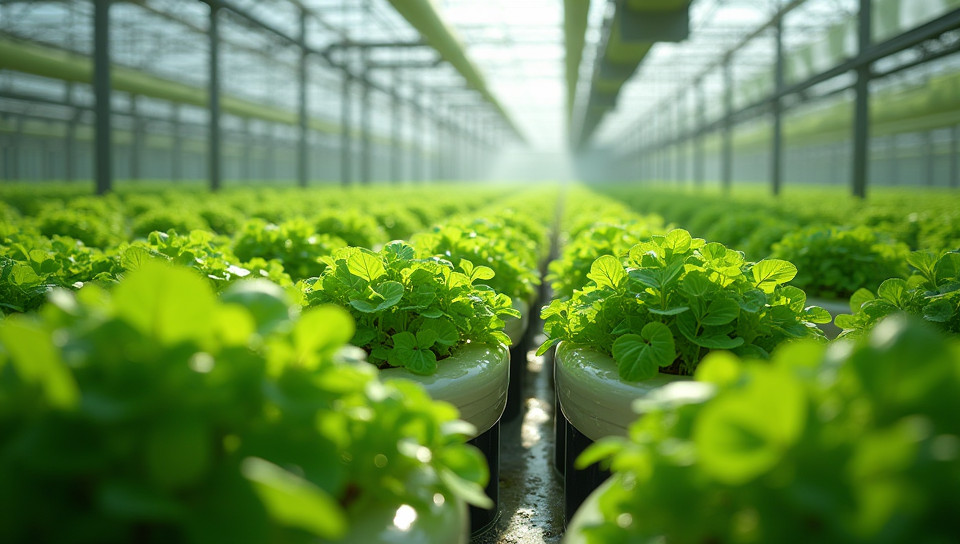Hydroponics requires a lot of energy to maintain them 45%

The Hidden Cost of Hydroponics: Unpacking the Energy Requirements
As the world grapples with the challenges of sustainable food production, hydroponics has emerged as a promising solution. This soilless cultivation method allows for precise control over growing conditions, leading to increased yields and reduced water usage. However, beneath its eco-friendly façade lies a hidden cost: hydroponics requires a lot of energy to maintain.
The Energy-Intensive Nature of Hydroponics
Hydroponic systems rely on artificial lighting, climate control, and nutrient delivery systems, all of which consume significant amounts of electricity. In fact, studies have shown that hydroponic facilities can account for up to 70% of their total energy costs in lighting alone.
Factors Contributing to Energy Consumption
Several factors contribute to the high energy requirements of hydroponics:
- High-intensity LED grow lights, often used in hydroponic systems, are designed to provide optimal light spectrum and intensity for plant growth.
- Climate control systems, which maintain a stable temperature and humidity level, require significant energy inputs.
- Nutrient delivery systems, such as pumps and misting systems, also consume energy.
The Impact on Sustainability
While hydroponics offers several environmental benefits, its high energy requirements can offset these advantages. As the demand for hydroponic produce grows, so too does the strain on the electrical grid. This has significant implications for the long-term sustainability of this method.
Conclusion
Hydroponics is a promising solution to our food production challenges, but it's essential that we acknowledge its energy-intensive nature. By understanding the factors contributing to high energy consumption and exploring more energy-efficient solutions, we can ensure that hydroponics remains a viable option for sustainable agriculture.
- Created by: Yǔzé Ko
- Created at: Feb. 1, 2025, 4:56 p.m.
- ID: 19902




